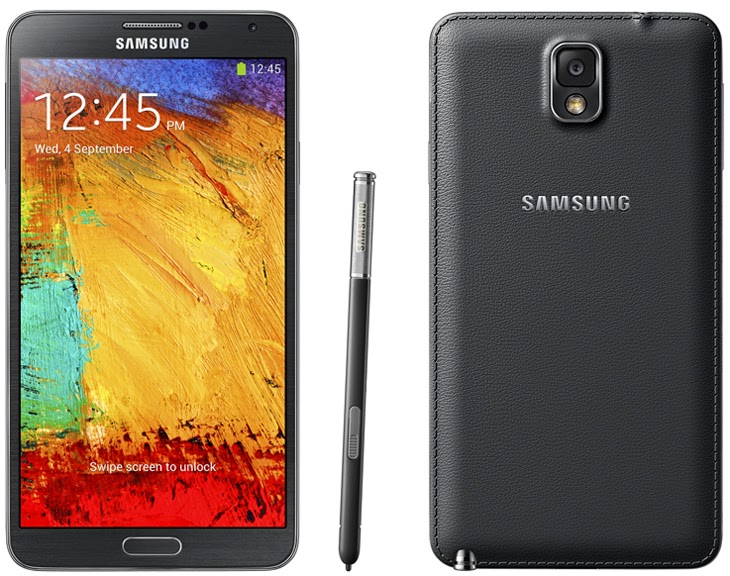Battery life has always been one of the major concerns of every
smartphone and gadget user. Before consumers buy a new phone or gadget, the
first thing they check for is the battery life. It's also one of the major
driving factors why they go with a particular smartphone unit. Most devices
available in the market today, specifically Android, have improved
battery-saving feature, which is a right move. This article will serve as a
guide on how you can maximize your Samsung Galaxy S5's battery life and have a
worry-free day. You can simply change these settings to get more power out of
your Samsung Galaxy S5 phone.
Since the release of
Samsung Galaxy S2, the power-saving mode has been present as one of the
original features of Samsung. When the power-saving mode is enabled, it blocks
background app data, controls the phone's performance, reduces the screen frame
rate, lowers the brightness level, and also changes the display to grayscale.
The power-saving mode feature greatly enhances your phone's battery life
without reducing the phone's capabilities that much. However, if you're
planning to play any games or use CPU-intensive apps, it's recommended to
disable the power-saving mode. The power-saving option can be found in the
Settings section of the Galaxy S5.
Another way to extend
your phone's battery life is by enabling the ultra power-saving mode. According
to Samsung, when your Galaxy S5 is fully charged and the ultra power saving
mode is enabled, your phone's battery life can last approximately up to 12.5
days. Actually, even when your phone's battery is as low as 10 percent,
enabling this feature makes it last for another 24 hours. But wait, don't
celebrate yet because enabling the ultra power-saving mode will greatly affect
your phone's performance. Among these changes include change of display to
grayscale and limited use of apps to Phone, Messages, Internet, Emergency
Alerts, Google+, Facebook, Twitter, and a few others only. Along with that, only
six of those apps can be placed on your phone's Home screen.
Once you enable the ultra
power-saving mode, your phone's mobile data will be automatically disabled when
the screen is turned off, as well as its Wi-Fi and Bluetooth connection. In
case you would like to re-enable one of the connections, you can do so by
tapping the settings menu (three-dotted icon) found at the upper-right hand
corner of the screen. This limited settings menu will allow you to control the
volume, brightness, and toggle on location services. The ultra power-saving
mode can be enabled via the Settings option and then scrolling down to the
power saving option.
Setting your phone's
brightness to auto mode actually consumes more battery power than adjusting the
brightness manually. This is because auto mode automatically adjusts your phone
screen's brightness according to the lighting environment around you, which
utilizes the phone's sensors, and therefore, uses up more battery. This mode,
at times, will leave your display too bright for your current lighting
conditions.
So if you're going to
bring your phone outdoors where the weather is sunny, just turn down its
brightness level or to something that is more acceptable to your eyes, in order
to save battery life.
Lastly, another way to
avoid getting battery drain on your phone is by customizing its location
settings. So how do you do that on the Galaxy S5? From the Settings menu, tap on Location,
and then tap the Mode Power saving option. Now, tap to select Power
saving, which will use your phone's Wi-Fi and mobile networks
to estimate your location instead of using GPS. Also, check to make sure to
disable both the location reporting and location history settings on the phone
since they, too, consume additional battery power. You can go ahead and turn
them off by going to the Location Services option, and then going to the Google
Location Reporting menu.
The next time you'll be going out on a long day of activities or work, don't forget to check these settings to make sure you'll never have to worry of losing your only means of communication, especially if you don't have any spare batteries or power banks at hand.
You can find more tips and tricks for Samsung Galaxy S5 here. Please feel free to share everything you know about Galaxy S5 in the comments below.



